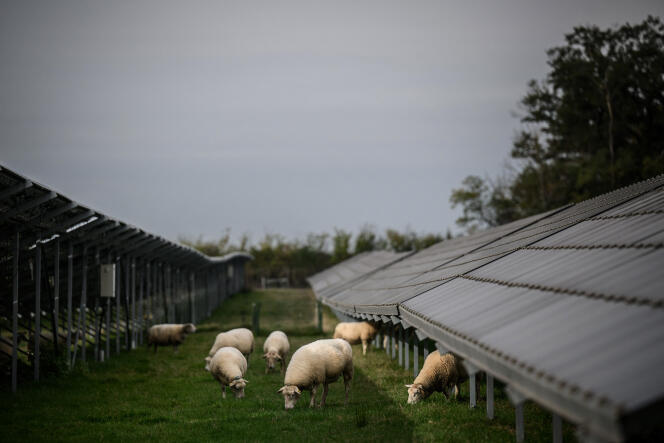


To cut greenhouse gas emissions by 55% by 2030 compared to 1990 levels and to achieve carbon neutrality by 2050, the European Union (EU) in December 2019 launched its Green Deal, which also includes health and environmental protection targets.
At the start of the 2019-2024 legislature, advances were made at high speed, culminating in the summer of 2021 with the adoption of the Fit for 55 legislative package. But the Green Deal began to stall from 2022 onward. Europe, still reeling from the Covid-19 pandemic, was then going through a double crisis of energy and inflation, reinforced by the war in Ukraine.
Discussions became even more tense in 2023 when several member states (Netherlands, Germany, etc.) saw a rise in populist support. The prospect of the European elections in June 2024 is turning the tide, and the Green Deal's proposals, particularly those affecting the agricultural sector, are bearing the brunt.
Decarbonization of the energy system, which accounts for over 75% of the EU's greenhouse gas emissions, is central to achieving climate targets. Struck by the energy crisis, the EU has increased its initial ambitions with the REPowerEU plan and has adopted important pieces of legislation. The Renewable Energy Directive now sets the target of achieving a 42.5% share of renewable energy in final energy consumption by 2030 (up from 32%). The revision of the efficiency directive should also lead to an 11.7% decrease in final energy consumption compared to the projections made in 2020.
A large number of energy-related measures have been adopted, including a methane regulation imposing new obligations on the hydrocarbons sector; a gas package aimed at reducing natural gas consumption and increasing consumption of low-carbon, renewable gas; and a reform of the electricity market. But discussions on revising the Energy Taxation Directive have not yet reached a successful conclusion.
One of the most significant decisions affecting the daily lives of many Europeans is the ban on the sale of internal combustion engine vehicles from 2035, achieved after intense negotiations with Germany. Beginning in 2030, new vehicles will have to emit 55% less CO2 than average engine emissions in 2021. With regard to buildings (which account for 39% of total CO2 emissions), in 2021 the European Commission set the ambition of renovating 35 million of them by the end of the decade. The main tool for financing this will be the European Social Fund.
Adopted by the European Parliament in April 2023, the Carbon Border Adjustment Mechanism has been on a trial run since October 2023: Companies that import are not yet taxed but must declare the emissions linked to the production of their goods. Starting in 2026, the mechanism is due to be applied in practice for the highest-emission imports, such as cement and steel. The reform of the carbon market, meanwhile, provides for an acceleration in the rate of reduction of proposed quotas, with a reduction of 62% in 2030 compared to 2005. An important decision, this market will gradually be extended to the maritime sector, emissions from intra-European flights and waste incineration sites starting in 2028.
You have 70% of this article left to read. The rest is for subscribers only.
